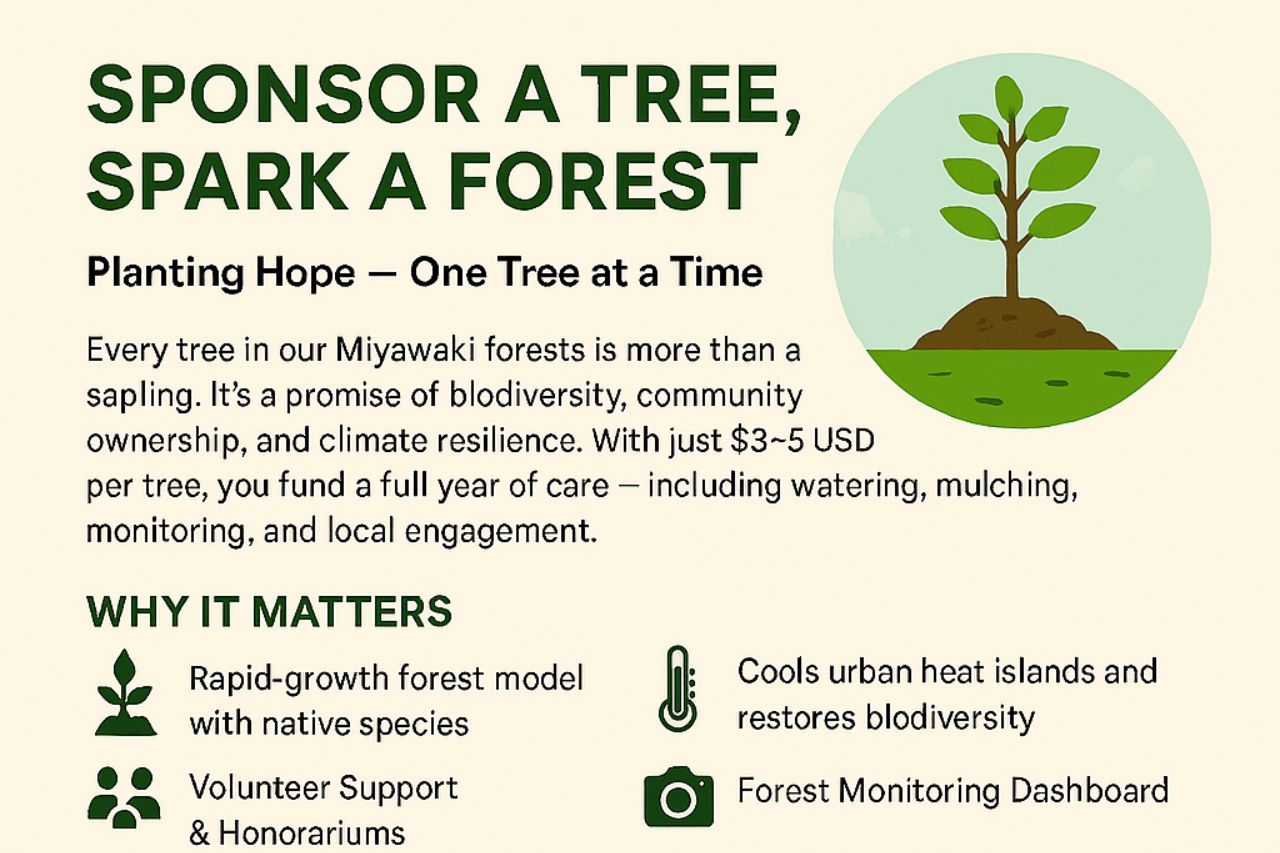
At Shajar Dost, we believe trees are more than just plants—they’re stories of hope, healing, and community impact. That’s why we’re launching a vibrant Miyawaki Forest at Phool Trauma Center, spread over more than an acre, using a rapid rewilding method that transforms vacant spaces into mini jungles.
🌳 What Is a Miyawaki Forest?
It’s an ultra-dense, fast-growing forest made with native plant species—created using the Japanese method by botanist Akira Miyawaki. In just a few years, these forests:
- Reduce temperature and absorb carbon
- Become a sanctuary for birds and pollinators
- Block noise and improve air quality in urban areas
💵 What Does $3 to $5 Actually Cover?
$3 Tree Sponsorship:
- Planting of your tree
- Initial watering and mulching
- Basic maintenance
$5 Tree Sponsorship (Premium Impact):
- Full maintenance and community engagement
- Photo updates and tracking via Donor Dashboard
- Digital certificate or donor badge
- Your tree tagged in your name
🌍 How to Get Involved
📱 Visit: www.ShajarDost.com 📧 Email: admin@shajardost.com 📍 Location: Phool Trauma Center, Punjab
Whether you’re an eco-lover, a student, a parent, or a business—your tree will be planted with care and tracked transparently.
🌿 Your Tree, Your Legacy
This isn’t just about planting saplings—it’s about planting stories. Every tree carries your name, your hope, your footprint in the fight for a greener Pakistan.
Join the forest. Be a Shajar Dost. Let’s heal the land, one tree at a time 💚

Step-by-step story of how one hospital acre became a thriving forest
Introduction
In the heart of a bustling city, where concrete dominates and green feels distant, a hospital in Lahore held a hidden opportunity — one acre of unused land. What began as a sterile patch of soil is now a living, breathing Miyawaki Forest, thanks to community support and ecological vision.
The Miyawaki Method – A Quick Primer
Developed by Japanese botanist Dr. Akira Miyawaki, this method involves:
- Planting native species densely and randomly
- Enhancing soil with organic compost and microbial boosters
- Creating multi-layered vegetation: canopy, sub-canopy, shrubs, and ground cover
- Zero chemical use — just nature doing its thing
This technique grows forests 10x faster and 30x denser than conventional methods2.
The Hospital Site – From Grey to Green
Before:
- 🏥 One acre of compacted soil behind the hospital
- 🚧 Surrounded by walls, minimal sunlight, no biodiversity
- 🧱 Used for waste dumping and occasional parking
After:
- 🌿 Over 3,000 native trees planted
- 🐝 Pollinators, birds, and insects returned
- 🌡️ Local temperature dropped by 2–3°C
- 🚶♀️ Patients and staff now walk, rest, and reflect in the shade
Step-by-Step Transformation
- Site Survey & Soil Testing
- Identified compaction, low microbial activity
- Added compost, cocopeat, and mycorrhizae
- Species Selection
- Neem, Amaltas, Sheesham, Kachnar, and Ber
- Chosen for biodiversity, shade, and cultural relevance
- Community Mobilization
- Volunteers from hospital staff, local schools, and NGOs
- Sapling sponsorships and planting drives
- Planting & Maintenance
- Planted in 1m² grids, 3–5 saplings per grid
- Watered manually for first 2 years, now self-sustaining
Impact on Urban Biodiversity
This forest is now a micro-ecosystem:
- 🐦 Hosts over 20 bird species
- 🐞 Insect diversity increased by 40%
- 🌼 Native flowering plants attract pollinators
- 🌳 Soil health improved — earthworms returned!
Call to Action
If one acre can become a forest, imagine what 100 acres could do.
Support our Urban Forest Expansion Plan — let’s turn hospitals into healing habitats.

